This is a collage of the mission patches from the five shuttle missions of 1998.
Click on image for full size
Image created from NASA graphics
1998--The Year in Review...
News story originally written on December 31, 1998
1998 was a very full year when it came to space exploration and history
making.
In the blast-from-the-past department,
John Glenn received another
go for a launch aboard Space Shuttle
Discovery. After becoming the first American
to orbit the Earth, Glenn never returned to space--until he was part of a
study aboard STS-95.
In the better-late-than-never department, the assembly phase of the
Internation Space Station began in late 1998 with the launch of Space
Shuttle
Endeavour. The initial assembly was
delayed when the first Russian-built laboratory
module wasn't ready on time. It also appears that a problem with the
construction of the service module will
push back the date when the first crew will
be able to occupy the station.
In the related all-good-things-must-end department, the
Shuttle-Mir program came to an end. Before
the program ended,
David Wolf and
Andy Thomas were the two
U.S. astronauts who maintained the final part of the 812-day American
presence aboard Mir. While on the station, the astronauts studied the
effects of the space environment on Mir and
took in the
sights.
The were some things going down in the sky-is-falling department. August
saw the peak of the
Perseids meteor shower
and November saw the peak of the
Leonids
meteor shower. The Leonids was expected to reach a 33-year peak either
this year or next and people were worried about the meteors causing damage
to
spacecraft. For a future look,
astronomers discovered a new
asteroid that
will pass near Earth 30 years from now.
There was also some activity in the number-one-sun department. The
ACE spacecraft studied both
large and
small
solar events. The Polar spacecraft discovered that the solar wind
pushes part of the Earth's atmosphere into
space. The SOHO spacecraft discovered
tornadoes on the sun before the spacecraft
ran away. (It
came back after six weeks.)
The Hubble Space Telescope stayed focused on its mission, as you can see
in the out-of-this-world department. The HST has looked farther into
space using a
new instrument; it has been used
to find massive new
galactic clusters;
and it has been used to take a new
core sample
of the sky. On a smaller scale, Hubble images may contain a picture of a
planet outside our solar system. Closer
to Earth, the HST was used to determine that
global warming affects more than just the Earth.
In the not-so-high-and-dry department, NASA demonstrated that it isn't wet
behind the ears with the
Lunar Prospector
spacecraft, which reached the moon in January. Prospector discovered
water (in the form of ice) at the north and
south lunar poles. It was actually the
presence of hydrogen at the poles
that lead scientists to estimate that there is up to six billion metric
tons of ice on the moon.
If you've had all the news recap you can handle, then take a break with
two new games--our
Solar Word
Search and our
Weather
Crossword.
You might also be interested in:

How did life evolve on Earth? The answer to this question can help us understand our past and prepare for our future. Although evolution provides credible and reliable answers, polls show that many people turn away from science, seeking other explanations with which they are more comfortable.
...more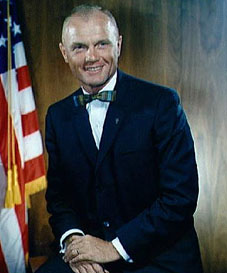
John Glenn is an American astronaut who was born on July 18,1921, in Ohio. Before he became an astronaut, John Glenn served as a fighter pilot in World War II and the Korean War. He has logged over 55
...more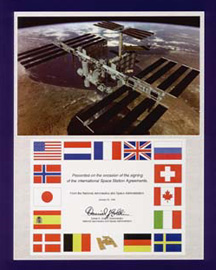
The building of the International Space Station (ISS) has been delayed again. As things stand now, construction has been postponed until November of 1998 (one year later than planned). A Russian rocket
...more
David Wolf was an American astronaut who was born on August 23, 1956, in Indiana. Before he became an astronaut, Wolf worked as a doctor for the Air Force. Wolf became an astronaut in 1990. He has spent
...more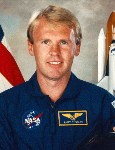
Andrew Thomas was born on December 18, 1951, in Adelaide, South Australia. Before he became an astronaut, Thomas worked as a mechanical engineer. Thomas became an astronaut for NASA in 1992. He has spent
...more
The following is Andy Thomas's last letter to those on Earth. The subject -- a view from space...As I have orbited around the Earth, I have spoken to many amateur radio operators as well as television
...more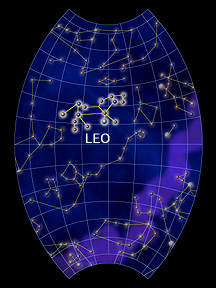
The Leonids meteor shower is expected to reach a peak intensity November 17/18th during this year and next year. The best show will be seen in Asia this year and in Europe and Asia next year, but any place
...more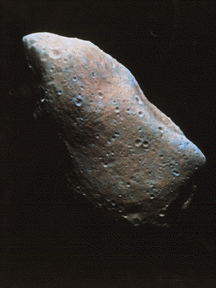
There seems to be a lot going on OUT THERE involving asteroids! Let's take a look! For the last three years, NASA astronomers Robin Evans and Karl Stapelfeldt have hunted through nearly 28,000 Hubble images...their
...more









